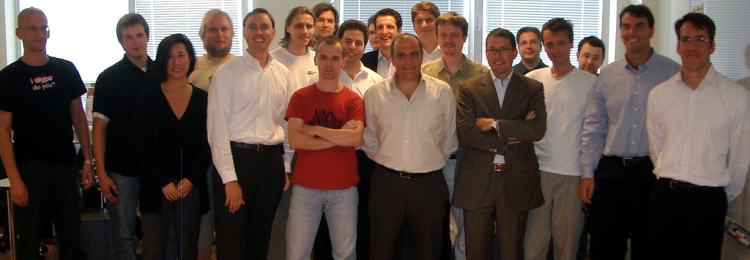


NEF Report ‘Five Ways to Wellbeing’ Identifies Important Role of Social Connections with Happiness
In the NEF’s report “Five Ways to Wellbeing: A report presented to the Foresight Project on communicating the evidence base for improving people’s well-being,” the factor stated to affect happiness the most is social connections. In 2008, at the request of the British government and financed by the British Ministry of Science (New Economic Foundation – NEF), in cooperation with the University of Cambridge, a comprehensive project was carried out, summarizing and comparing studies, identifying which factors affect the citizens’ happiness. The most influential factor is social connections. Out of the 5 recommendations suggested, 2 of them are directly connected to social relationships. Image: "Happy Monday" by Yasin...
The Destructive Effect of Negative Emotions in the Workplace
In the article “Emotional Contagion Can Take Down Your Whole Team,” Tony Schwartz, president and CEO of The Energy Project and the author of Be Excellent at Anything, describes how negativity begins in an office setting by one person talking and passing negative emotions from one to the other, and how negative emotions in this setting have destructive effect. Emotional contagion takes hold and as the negativity spreads, it drains the energy from the team and the company as a whole. The negative emotions temporarily overwhelm the capacity to assess the facts at hand. “How much do emotions matter in the workplace? Walk into any Department of Motor Vehicles and you’ll feel the impact of the prevailing mood instantly — a dense fog of sourness, irritability, and listlessness. Walk into almost any Apple store and you’ll experience the opposite — a sense of aliveness and excitement that raises your energy.” Schwartz tells a story of his personal experience with a senior executive, and lists some points that he had learned from the experience in the article. Image: "Gossip Walk" by...
